Lake Nakuru National Park is spectacular. It has been a blazing sea of deep pink flamingos – millions of them! Their intense fuchsias bursting against Lake Nakuru’s deep blue alkaline waters. Quite simply… it has until some few years ago been the most brilliant show of birdlife on earth.
Due to some progressive natural factors , the flamingo numbers have been reducing but the park itself remains stunning – one of Kenya’s finest. Great rocky escarpments tower over acacia forest, waterfalls, wooded hills and euphorbia trees dot the lake.
The few quantity of flamingos is accompanied by other birdlife – pelicans, cormorants, kingfishers, ostriches, storks as well as herons and eagles. The scene here is bountiful, busy and full of color.
But that’s only the beginning of what this special park has to offer because the wildlife viewing here is easy and accessible. Lake Nakuru is known for hosting some endangered but beautiful species. You’re sure to see rare Rothschild’s Giraffe along with white rhino, especially along the lakeshore.
The park is also sanctuary to one of Kenya’s largest populations of black rhino.
Another aspect to the active wildlife viewing here is observing the park’s zebra, hippo, olive baboon, vervet and colobus monkeys, waterbuck and hyena. Other big safari wildlife to be on the lookout for includes lion, cheetah, leopard and buffalo.
The park is fenced to protect the rhino and giraffe, so it can’t support elephants – the only large mammal you won’t find here.
Moving through the park’s dense acacia forest you’ll likely come upon herds of impala and waterbuck. Also, in the woodlands you may see large pythons hanging from the trees. This is the infamous African rock python that’s capable of swallowing animals whole.
Those who have been to Lake Nakuru will attest to the park’s beauty with its rich topography of hills, grasslands and forests. There are several easily attained vantage points from which to enjoy wonderful views of the landscape and especially the lake with its undulating pink population of birdlife.
Though the park is not large in size, a visit to Lake Nakuru will be a very full and colorful safari experience.
The park is compact at only 188 sq. km (162 sq. mi.) but that just adds to its accessibility and easy game viewing. The interior roads are well-maintained and easy to follow.
Location:
Lake Nakuru is 170 km (105 m) northwest of Nairobi. It’s close enough for a day trip or a longer stay in the area.
Climate:
The park has a higher elevation than most at 1,756 m (5757 ft.) and this has a cooling effect. Even though it’s near the equator, it rarely gets hot. Nor does it get too cold, too wet or too dry. Generally, the climate here is quite comfortable.
However, there are intermittent late afternoon showers, but these tend to be more refreshing than an obstacle.
Best time to visit:
The park is open year-round. In many parks the wet season can put an end to game viewing but that’s not necessarily the case at Lake Nakuru. The roads are good and since the park is fenced, the animals won’t disperse.
Still, the most popular time for viewing is during the dry season from July to December.
Operating Hours:
Lake Nakuru Park operates from 06:00 Hrs. to 18:00 Hrs daily. Note: No entry is allowed on foot and hiking is only allowed in designated areas with a KWS ranger.
Getting there:
By road – you can book a tour with Holidays and Beyond from the coast or Nairobi. From Nairobi, you’ll take the Nairobi-Nakuru Highway. The drive affords fantastic views of the Rift Valley.
By air – fly-in safaris can land at the park’s Naishi airstrip.
Things to do and see
Flamingos
Famous for its millions of fuchsia pink flamingos blanketing the shoreline. The birds are of two varieties – the greater and lesser flamingo. The lesser are the more numerous with their red bills and pink plumage. The greater variety are smaller in numbers with a distinctive black bill.
View-Points
The views of the park, the Rift Valley beyond and the wildlife below are all richly enjoyed from the hilltop vantages of Lion Hill, Out of Africa Lookout or Baboon Cliff. Just watch out for the baboons who are always looking for food scraps.
Makalia Falls
A pretty waterfall at the south end of the park. This is a wonderful spot for picnicking and hiking.
Vegetation
There’s over 550 plant species to be found in the park including yellow acacia woodlands and the largest euphorbia forest in Africa.
Tour Map
3 reviews for Lake Nakuru
-
1hrq2z
January 15, 2025 -
ll5e2o
January 6, 2025 -
o47im2
November 23, 2024
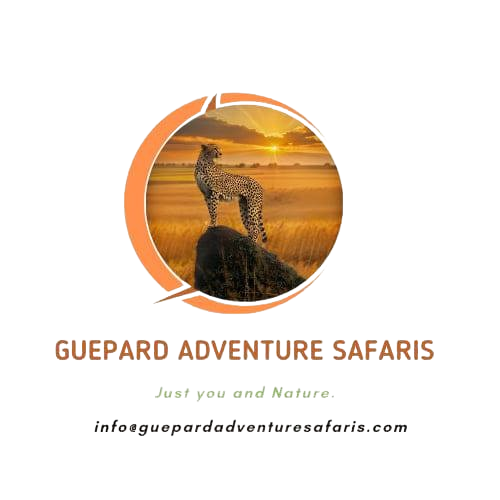
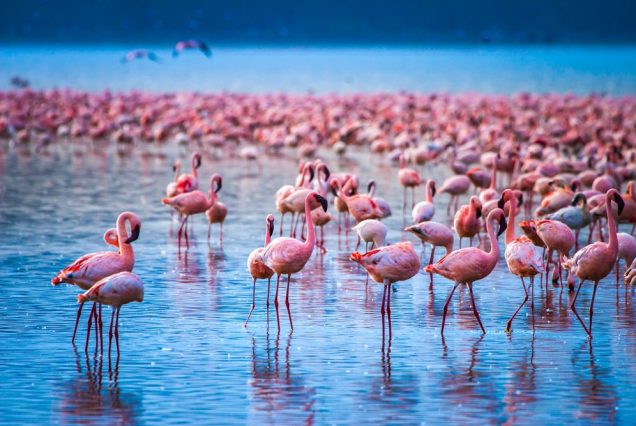
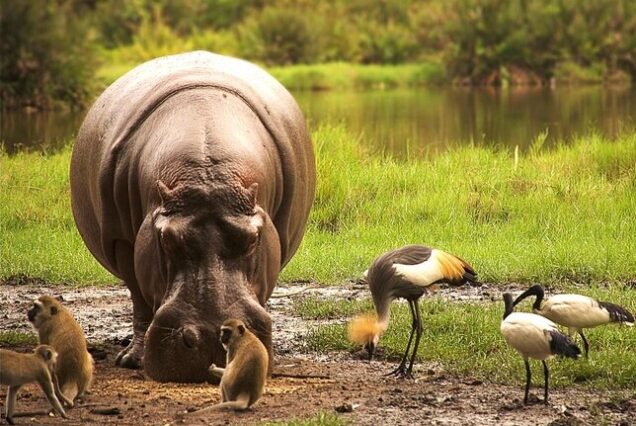
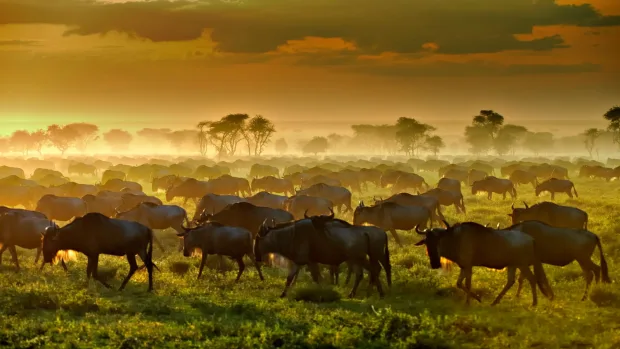
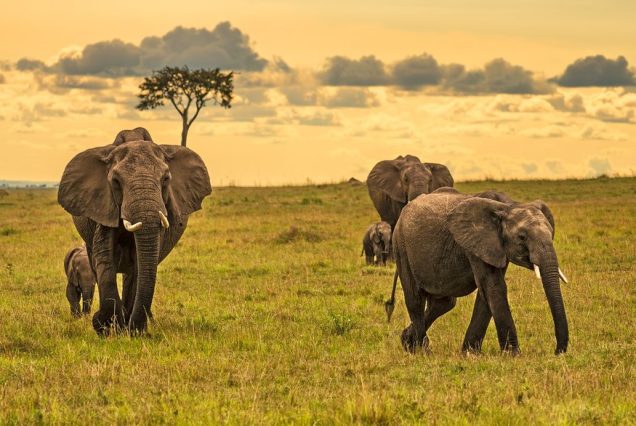
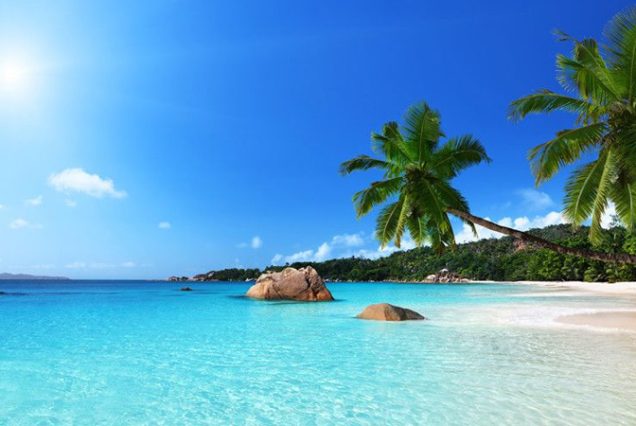
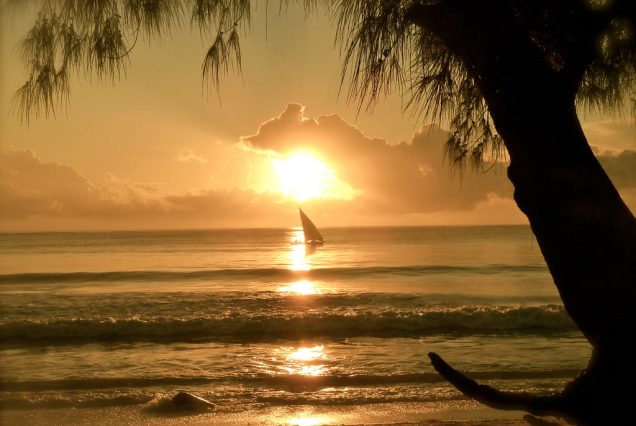


Leave feedback about this